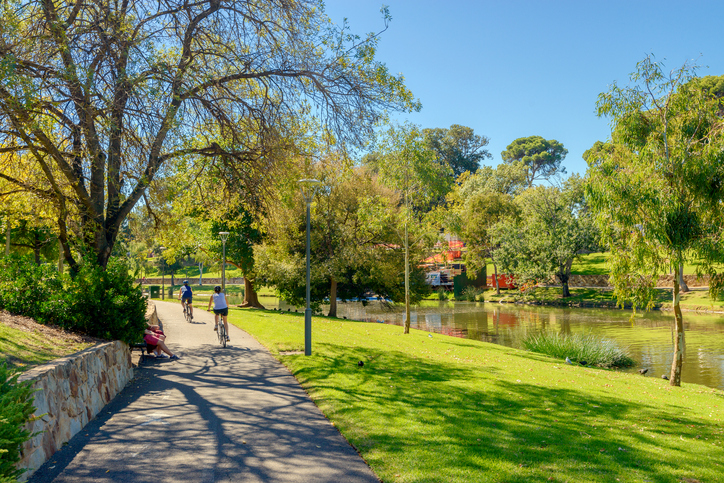How Builders Can Profit from the Wellness Real Estate Trend
Wellness real estate is quickly gaining traction in the construction world, with both large and small builders adding wellness-oriented features to their master developments. Here’s how you can capitalize on this trend and set your wellness developments apart from traditional master-planned communities.
A Lucrative Market
A recent report from the Global Wellness Institute states that the wellness market is worth over $4 trillion, which accounts for more than 50% of the planet’s total health spending. A large and growing market, wellness real estate is among the ten most profitable industry segments.
Comprising nearly half of all the green construction industry, the wellness real estate market is valued at $134 billion. With an annual growth of nearly 10%, wellness real estate is positioned to become one of the most lucrative real estate sectors over the next decade.
According to GWI, about 25% of all survey respondents with incomes of at least $75K expressed a high interest in buying property in a wellness community. This figure translates into well over 1 million potential American home buyers. To take advantage of this growing market, builders must have a clear perspective on what buyers want from a wellness community. To effectively appeal to buyers, it’s important to understand that a wellness community is about more than just fitness; it’s a lifestyle experience that revolves around cultivating a sense of belonging and psychological well-being.
How Builders Can Take Advantage
To profit from the increasing demand for wellness real estate, builders need to understand what modern buyers expect from wellness communities. While the typical planned community will have laundry facilities, vending machines and a pool, a contemporary wellness community is expected to have unique traits centered on health, fitness and well-being.
This means more than installing a well-equipped fitness center; to distinguish a wellness community from a basic planned community, builders need to develop and promote structures made without the use of unhealthy materials. A modern wellness community will also need to include walking paths, porches and communal spaces that promote social interaction and healthy activities.
While it’s common for builders to equate wellness with physical health, a wellness community will go beyond this by cultivating a heightened sense of psychological well-being. Many wellness communities include classes, programs, music, arts and social events that promote positive interactions among residents. They also often include gardens and walking trails, which increase exposure to nature.
These key differentiators are things builders can use to promote their wellness real estate in ways that set them apart from traditional master-planned communities. As a builder, you aren’t likely to be personally responsible for creating the marketing plan. Although, you do want to build with marketing in mind, so you can attract the types of residents who will appreciate the benefits of living in your wellness community.
Learn how you can protect your business and add valuable selling points to your new builds with 2-10 Structural Warranties.








